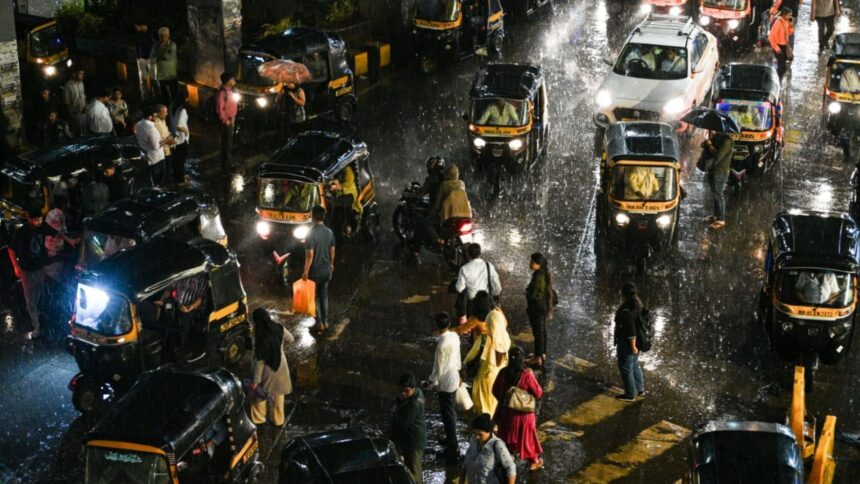There are 1.475 billion vehicles in the world and over 8.1 billion people—meaning only about 182 cars for every 1,000 people. In other words, the vast majority of people on this planet either can’t drive or don’t own a car.
For those who rely on their feet, bicycles, or public transport to get around, walkability becomes more than just a lifestyle choice —it’s a necessity.
A global study conducted by Compare the Market has analysed key factors such as walking trails, rainfall, safety, bike infrastructure, and public transport to determine which cities around the world are easiest to navigate without a car.
, however, ranks among the bottom 10 — alongside Johannesburg, Manila, Bangkok, Cape Town, and Chicago.
Interestingly, Mumbai scores extremely well when it comes to affordability, offering one of the cheapest public transport systems in the world at just Rs 20 per ticket—only behind Buenos Aires at Rs 13. Cairo comes third at Rs 28.
Yet Mumbai struggles with walkability due to factors such as poor safety ratings, low access to car-free zones, and very high average monthly rainfall, which deters pedestrian movement, especially during monsoon.
At the other end, Europe has the most number of walkable cities. Munich tops the list, followed by Milan, Warsaw, Helsinki, and Paris. Tokyo is the only non-European city in the top 10.
The study found that 86 per cent of Munich’s population lives within 1 km of a car-free space. A further 85 per cent of residents live within 1 km of healthcare and education facilities, and the city boasts hundreds of miles of bike trails.
Stephen Zeller, General Manager of Money at Compare the Market, explains why walkability should matter to prospective homeowners:
“Looking at transport and amenities is a crucial step of assessing a potential home,” Zeller explains.
“That means looking at the public transport links, and seeing how far away your nearest stop is, what time they run to, and frequency; as well as identifying routes that you feel safe walking,” he adds.
Zeller also points out that more desirable areas will generally cost more, “which means you might need a bigger home loan than you were originally budgeting for”. “Australian citizens and permanent residents looking to buy in Australia can use Compare the Market’s home loan comparison service to get property reports with estimated values for free, as well as make use of our free borrowing power calculator to help with planning,” he says.








